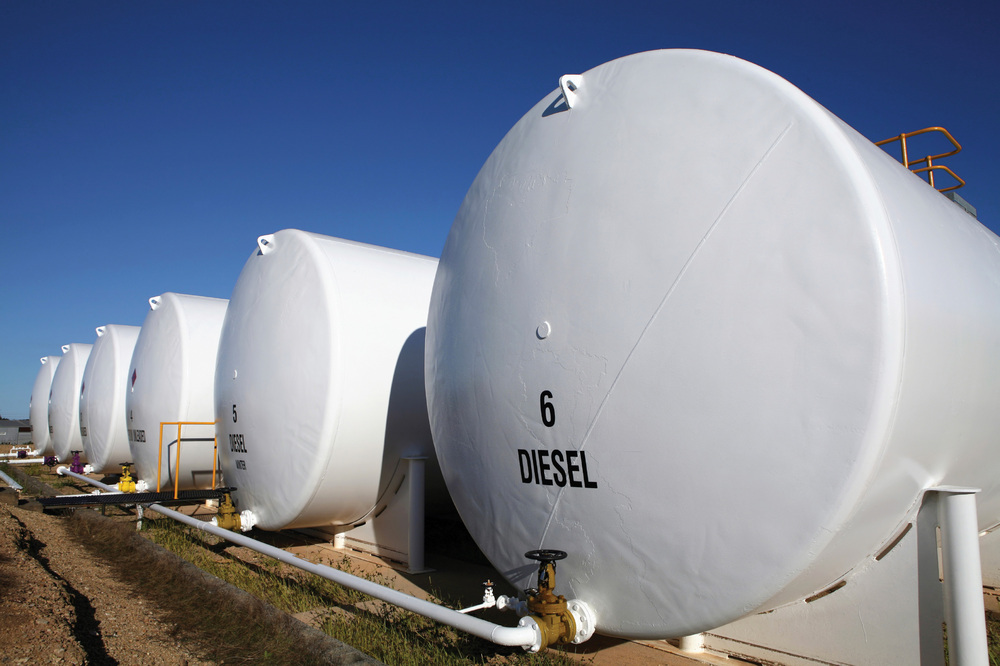Measuring Up Price and Demand

May 12, 2011
BY Erin Krueger
According to the U.S. Energy Information Administration, the average price of on-road diesel in the U.S. as of April 18 was $4.105 per gallon, more than a $1 higher than the price one year before. While the per gallon price of B100 biodiesel is still technically higher than petroleum-based diesel, the gap is closing. However, when the biodiesel blenders credit and high RIN prices are taken into account, the per-gallon cost of biodiesel drops to around $2 per gallon. It seems that these blending economics should lead to increased demand for biodiesel and higher profitability for biodiesel producers, but this hasn’t necessarily been the case—at least not yet.
Lee Enterprises principal owner Wayne Lee says there are several factors at work in the market that need to be considered. While market economics change daily, Lee notes that the spreads have been good in recent days, weeks, and months. However, he also notes that it’s important to remember that biodiesel producers are the ones who have taken on the vast majority of the market risk. “[The producer] has but the capital investment into the project, so…it’s his money at stake,” Lee says. “If he doesn’t sell [the product] to an oil distributor at price, then somebody else will. The competition between the biodiesel producers to sell at those rates is pretty steep.”
Another factor mitigating the potential for increased demand might stem from smaller oil distributors. According to Lee, many may not have yet been enticed to set up a system to deal with RINs and collect subsidies. “Also I think it may be that the smaller oil distributor…may be a bit hesitant to make an investment in blending technology at his site,” Lee says. “I think the issue becomes how long does it take for the oil distributor to come to the realization that the alternative fuel producer is part of his life and is here to stay.”
Advertisement
Lee also stresses that it is in everybody’s best interest—even obligated parties—for biodiesel producers to make a profit. “Alternative fuels are mandated by the RFS2, so obligated parties need to have RINs and they need to demonstrate compliance,” Lee says. “If [producers] don’t make money, there will be less biodiesel out there, which means there will be fewer RINs, which means that the ones that are in existence go higher in price.”
One company that is making the blending economics work is Ultra Green Energy Services. The company just committed to selling biodiesel-blended fuel at a discount to rack pricing though the end of the year. UGES regional wholesale manager Danny Falcone points out that the explosion of RIN prices has only taken place over the past six months. “The downstream end users don’t [necessarily] translate that directly into the tank [and the price], Falcone says. For most middle market distributors there are also added costs to the fuel associated with handling the product, financing the product, bringing it downstream, blending it, and selling it, he continues. “Hence there is a lot of opportunity for lots of major companies,” Falcone says. “If obligated parties see that the fuel is cheaper, they’ll take it off the market, stick it into their distillate pool, enjoy the RIN value and still charge their price, because they can. Whereas middle market distributors such as ourselves fight to get those positions, try to buy as many spot opportunities as we can and offer those downstream. But, they are short lived. Not many people like to buy product cheap today and then have to pay higher prices again tomorrow.” What makes UGES able to offer biodiesel-blended fuel at a reduced price is the risk management and hedging strategies it employs.
Advertisement
Upcoming Events





